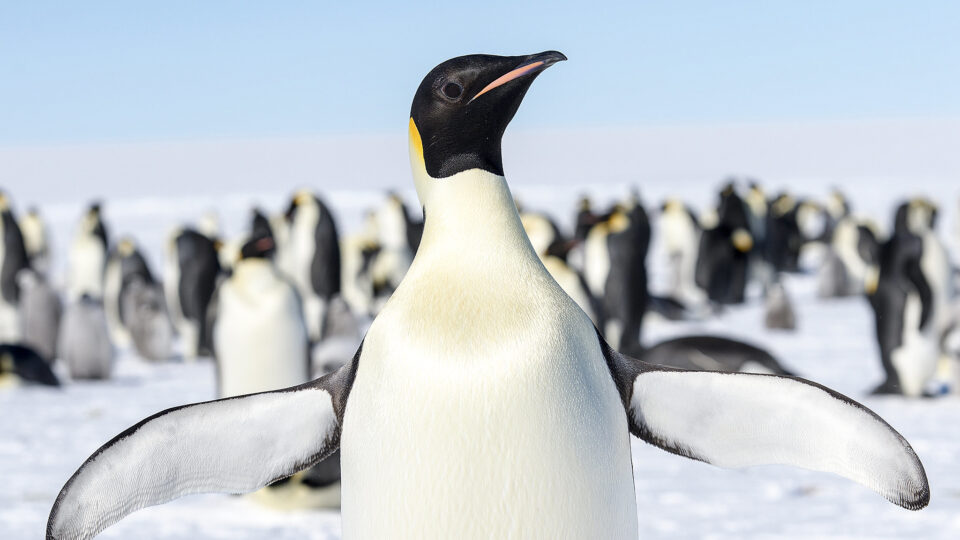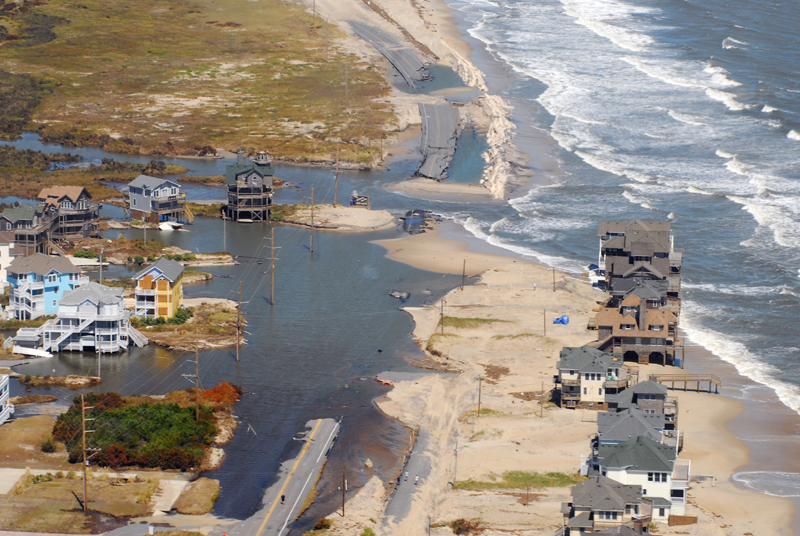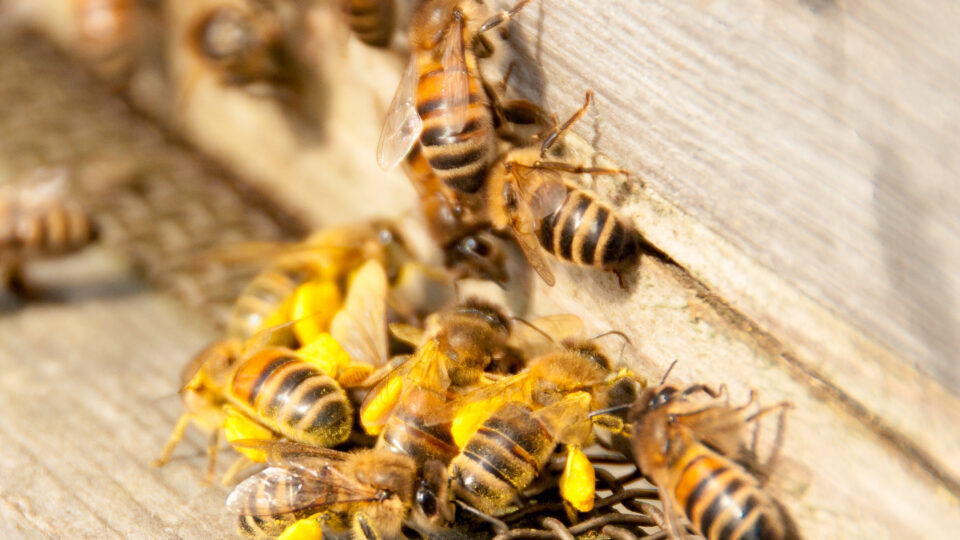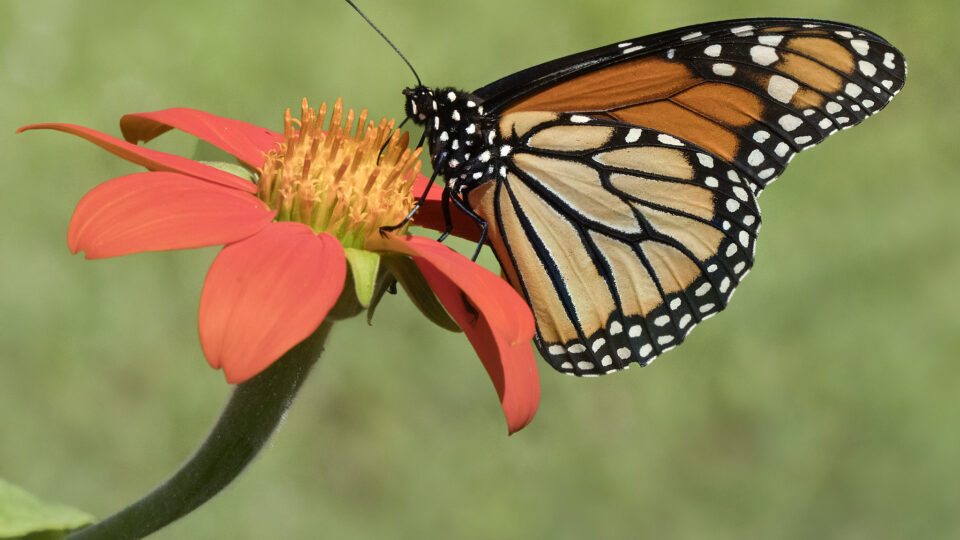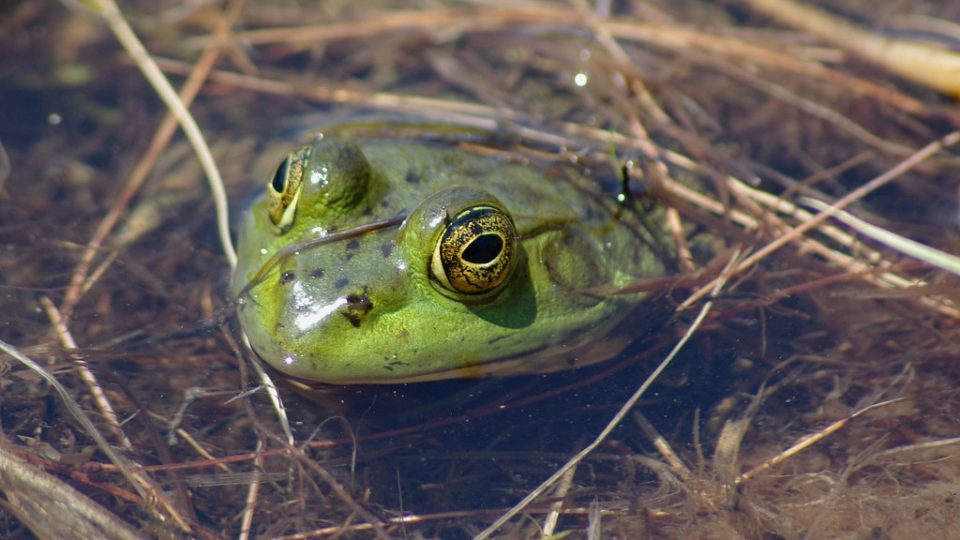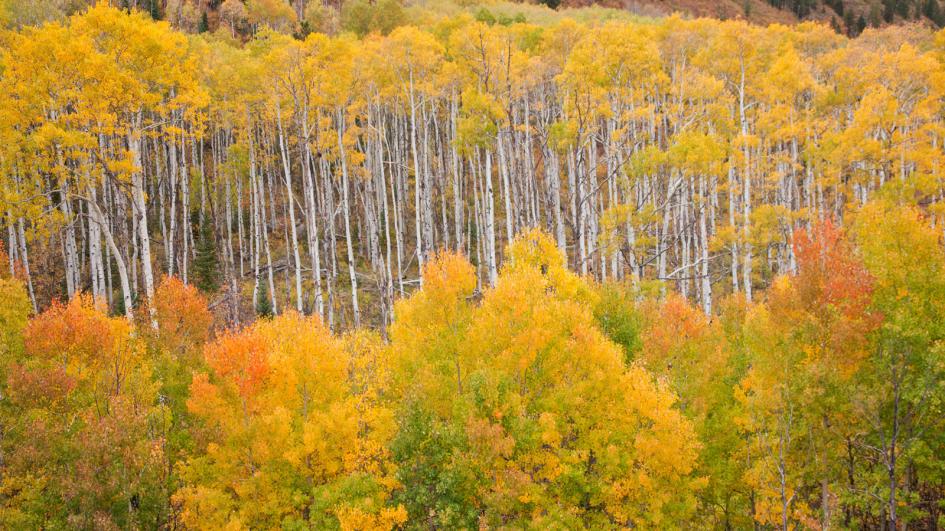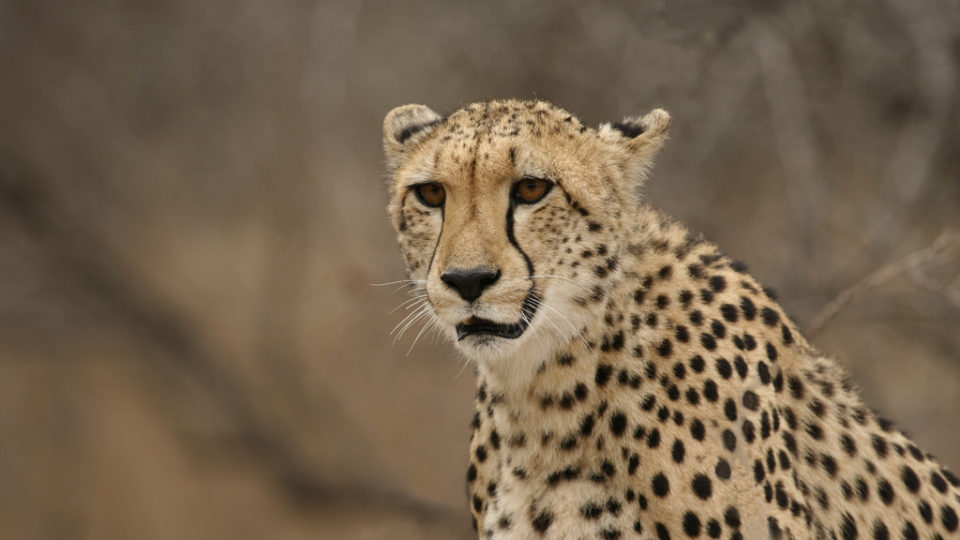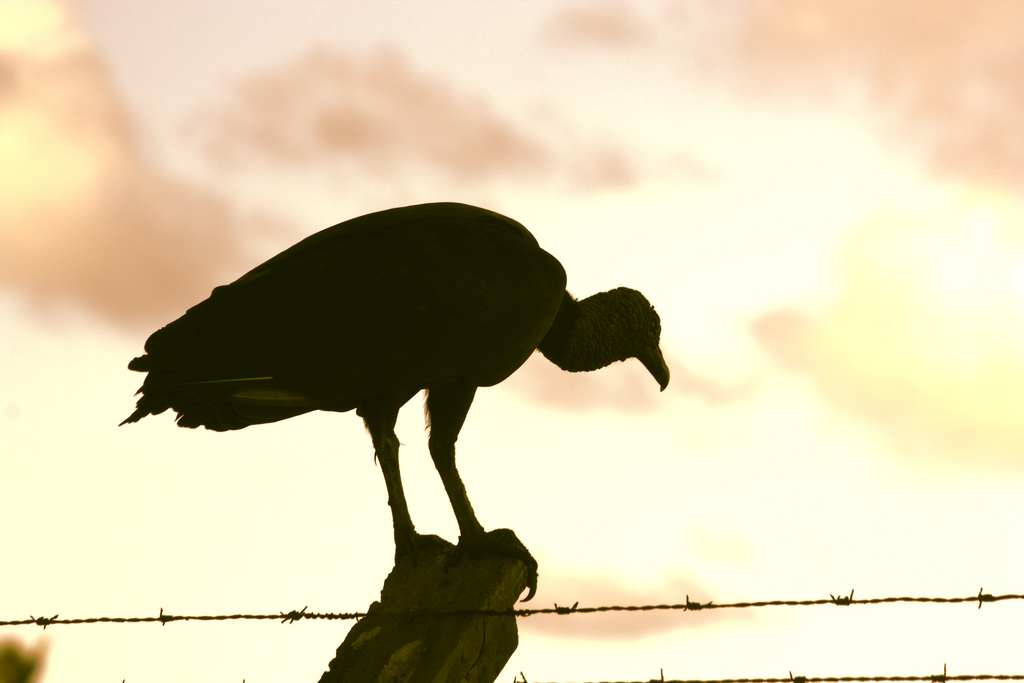The electric grid is increasingly embracing renewable energy sources like solar and wind power as well as the energy storage systems that support them. These generation sources differ from traditional sources in that they produce direct current electricity rather than alternating current electricity. Our power grid runs on alternating current. Traditional generators produce alternating current that synchronizes with the grid. Wind and solar power connect to the grid using electronic power converters called inverters that produce the required alternating current.
All of this technical detail is something we don’t pay much attention to, except that the current state of inverter technology can lead to some problems that don’t exist with a fully synchronous power system.
The electric grid frequently experiences disruptive events like trees falling on powerlines, squirrels shorting out substation equipment, and so on. These things normally don’t cause widespread trouble, although there have been notable exceptions such as the massive Northeast blackout of 2003 triggered by an overloaded transmission line drooping onto foliage.
The issue with inverters is that they can shut down in the presence of certain disturbances to the grid. This has happened on a number of occasions and has exposed vulnerabilities that need to be addressed by the industry. Inverter-based resources currently constitute only a relatively small fraction of the grid, but that fraction is growing steadily and can have an increasingly widespread impact. The grid was built predominantly for synchronous generation, and it must be adapted and improved to assure the reliability that is required and expected. It is an issue that can’t be ignored.
**********
Web Links
Renewables are cleaning the grid. They’re also messing it up
Photo, posted July 5, 2017, courtesy of Sue Thompson via Flickr.
Earth Wise is a production of WAMC Northeast Public Radio

